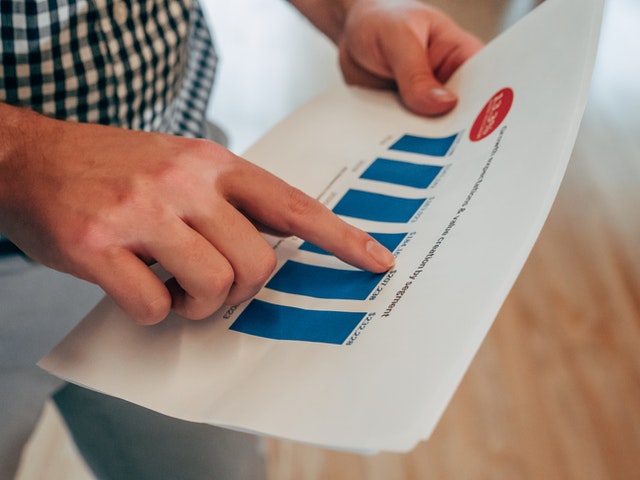Many top traders and investors worldwide have been forced to watch the short squeeze, with some bragging about making accurate market forecasts while others being humiliated by how quick yet devastating it is. This essay will guide how to handle and trade around this divisive financial market phenomenon while outlining the fundamental ideas of the short squeeze.
WHAT DOES A SHORT SQUEEZE MEAN?
A short squeeze occurs when short sellers are under pressure to cover (by purchasing to close) their positions due to a sudden increase in stock prices.
For example, Investor A borrows ten shares of Company Z for $5 each. A few days later, the share price of Company Z increased to $10, making Investor A’s current loss $50. The idea behind a short squeeze is that when short-sellers, or people who predict stock price declines, run losing positions because of price appreciation, the cascading effect of these investors buying back shares to close positions to avoid further loss causes an exponential rise in stock prices.
The 2008 Volkswagen AG (VOW.DE) short squeeze is a notable illustration of this. Porsche bought massive quantities of Volkswagen shares, which caused the price to increase by around fourfold and resulted in billion-dollar losses for short-sellers. The relative price growth between Volkswagen AG and the German DAX index is shown in the chart below.
There is no ceiling on how much stock prices may increase when several short-sellers seek to buy back at once. Due to this, opportunistic investors sometimes attempt to profit from the short squeeze by making purchases as the price rises.
WHAT IS THE CAUSE OF A SHORT SQUEEZE?
From the description above, the following list will serve as a summary of the circumstances that might result in a short squeeze scenario:
- Investors find shares they think are overpriced and take short positions on them in anticipation of a price decline that would allow them to repurchase the shares at a reduced price (sell high, buy low).
- Share prices go against investor expectations, leading to a sharp increase in price.
- Short sellers attempt to purchase back shares at a slight loss after realizing their position is not lucrative, which drives up prices even more.

IS A SHORT SQUEEZE PROHIBITED?
The Securities and Exchange Commission claims that short selling is against the law.
“Short selling shares to bring the security price down while failing to deliver shares at settlement. This manipulative action would be against Rule 10b-5 of the Exchange Act and other securities regulations.
A SHORT SQUEEZE: HOW TO TRADE?
Trading to avoid a short squeeze may be highly risky and cost you a lot of money (the squeeze is often sparked illegally by a vast external third party). Some traders, however, foresee probable short squeezes using cautious indications supplied by market movements. (For example, in the GameStop saga, merchants were involved on many sides of the conflict.) In certain circumstances, this high-risk activity can potentially have a significant payoff. Some investors keep an eye on several vital indications to anticipate an impending short squeeze. The primary indication would be:
- Market Attitude:
Market sentiment shows how the market feels about a particular financial product, in this example, a share. The two strategies below might be used to identify, time, and analyze potential indicators of an approaching short squeeze.
- Short-term interest ratio:
Simply Explained, this ratio is a statistical indicator that informs investors of the typical time it takes for short sellers to repurchase borrowed shares. The total number of shorted stocks is computed by dividing that number by the average daily trading volume. The short interest ratio would be 10, for instance, if Company A had 10,000 shorted stocks and the average daily trading volume was 1000. A short squeeze is more likely to occur if there are more short positions to cover than long ones, which is generally considered a short interest ratio of 10 or greater.
- The proportion of short interest:
Investors may now assess how many short sellers there are for a particular company using this percentage statistic. In other words, if Company A has 10,000 short-sellers and 1,000,00,000 shares are still outstanding, the short interest percentage would be 1%. If prices rise, it would be harder for short sellers to buy back shares the higher the number.
How can I protect myself against a quick squeeze?
As already noted, a short squeeze may result in significant financial loss; however there are methods to reduce excessive losses using two simple modifications.
1. Stop loss: A stop loss level specifies the point at which a trade will be closed should the price reach the level. As an example, if a share is shorted at $10 and a stop loss is set at $15, the position will be liquidated at a loss of $5 if the share price hits $15.
2. Hedging: This may seem paradoxical since it effectively nets off any profits, but buy orders may be put up to limit losses to a predetermined amount up to a specific threshold. For example, a purchase order for the aforementioned share at $15 will effectively serve as a stop loss.
Note: Stop loss orders have risks that traders should be aware of. They are susceptible to sudden price changes that might trigger the stop price. All stop orders will be completed, but the price cannot be guaranteed. Additionally, if your level is achieved, your stop order cannot be completed at a price greater than your stop; it can only be executed at the same or lower price, which may affect your initial risk-to-reward ratio.

